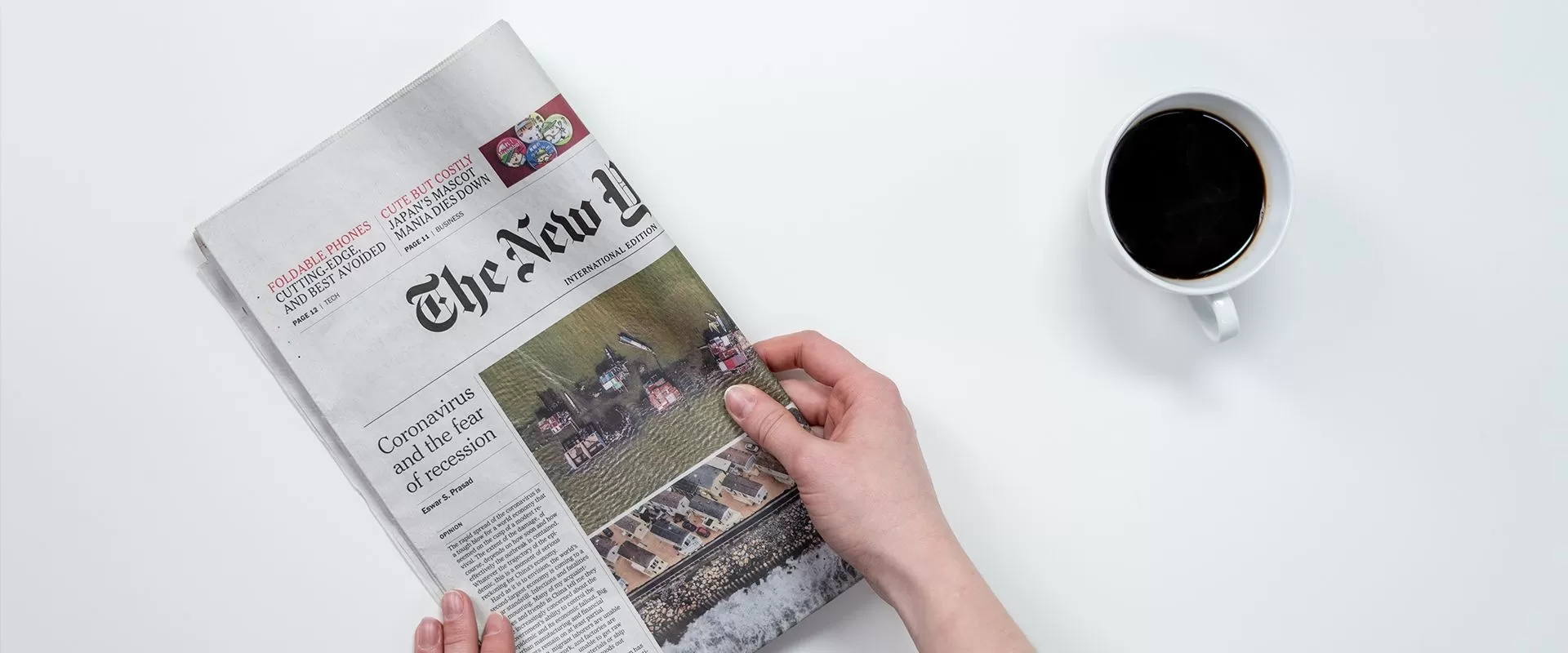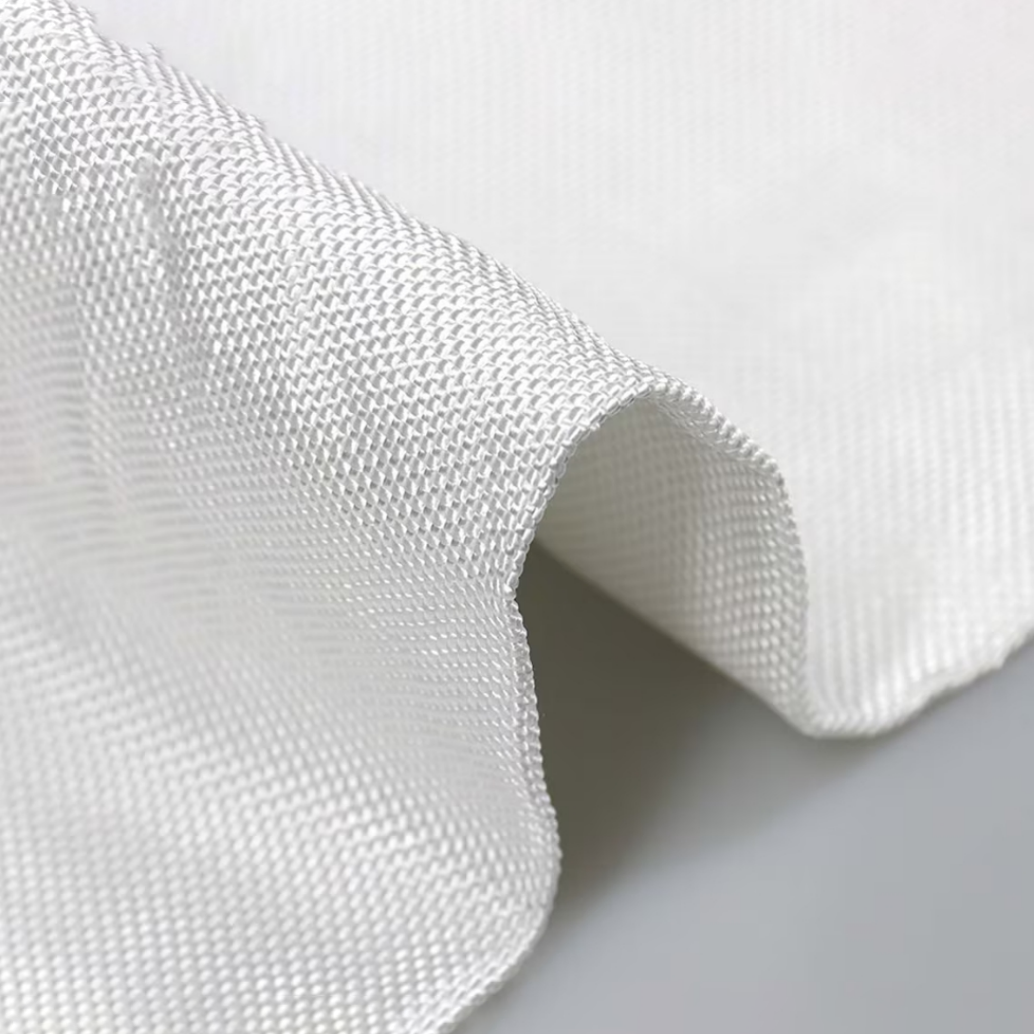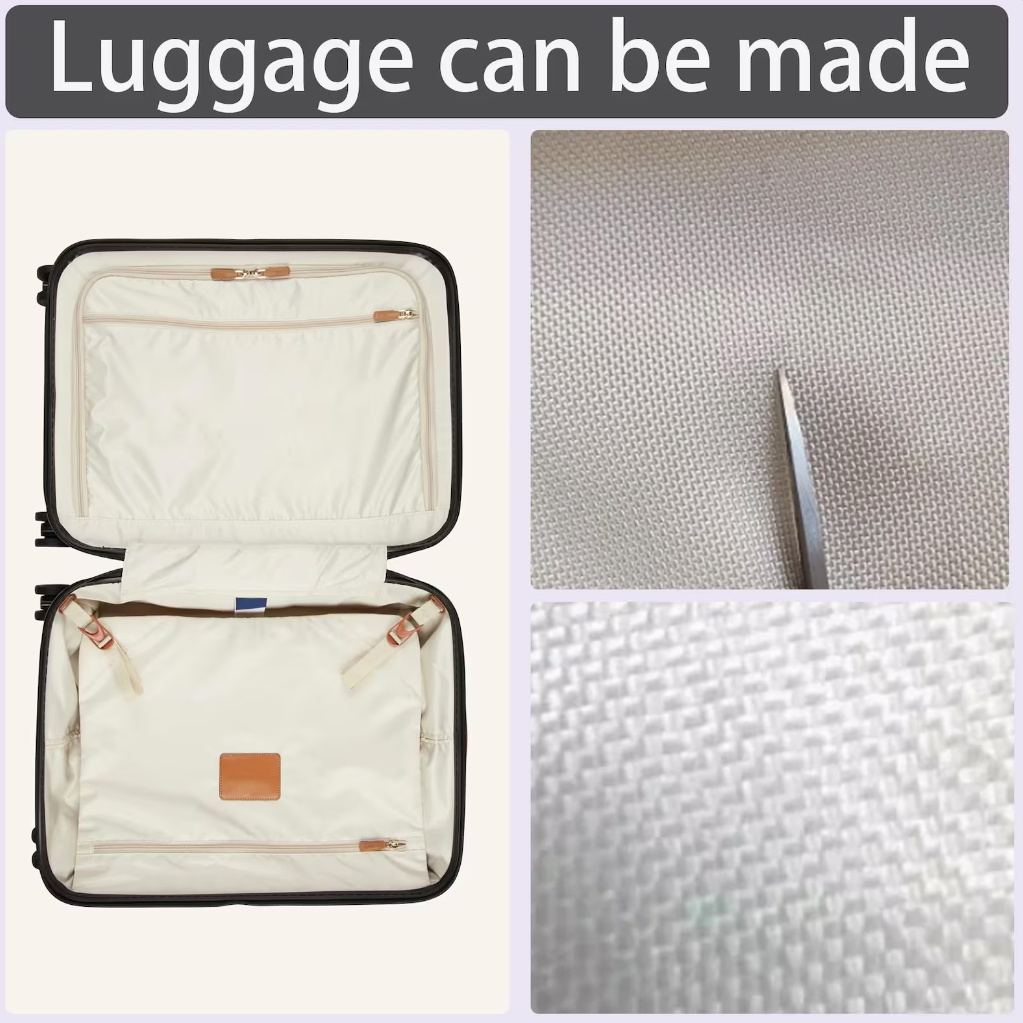Key Factors to Improve the Durability of Cotton Fabrics with High Abrasion Resistance
Understanding Cotton Fabric Durability Fundamentals
Core Properties Impacting Longevity
Cotton fabric durability really comes down to two main things: how well it wicks away moisture and whether it allows air to pass through. These characteristics make a big difference in comfort levels while also helping clothes last longer because they fight off mildew problems. Fabrics that pull sweat away from skin tend to stay drier overall. That means less dampness sitting around in the material where mold and mildew love to grow. Most people don't think about this when shopping, but fabrics that breathe better actually perform much better over time, especially for activewear or anything worn during hot weather conditions.
Fiber integrity matters a lot when it comes to how long cotton fabrics last. When looking at cotton fibers, their length and how tightly they're twisted affects how well everything stays intact. Generally speaking, longer fibers that have been twisted tightly create stronger materials that can handle wear and tear better. What people often overlook is the whole dyeing process too. Good dye jobs make all the difference for cotton clothes staying colorful after repeated washing. Fabrics dyed properly maintain their bright colors much longer, so they continue looking nice even after getting tossed in the washer dozens of times without losing that fresh off the rack look.
Abrasion Resistance vs. Tensile Strength
When talking about fabrics, abrasion resistance and tensile strength stand out as two different but related characteristics that determine how textiles perform in real world conditions. Abrasion resistance basically means how well a material can handle friction without getting damaged. Think about those industrial gloves workers wear or the heavy duty pants construction crews put on daily. These products need to last through rough handling without falling apart after just a few days of use. Without good abrasion resistance, even the strongest fabric would eventually break down from all that rubbing and scraping. Tensile strength works differently but remains just as important. It measures how much force a fabric can take before tearing apart completely. For manufacturers creating anything from seatbelts to climbing gear, this number matters a lot because their products must hold together under extreme stress situations where failure isn't an option.
When testing how well a fabric resists wear and tear, industry standards like ASTM D4966 provide essential guidelines for accurate measurement. These standards establish minimum requirements that fabrics need to pass before they can be considered suitable for various applications. Finding the right mix between how resistant a fabric is to rubbing against surfaces (abrasion resistance) and how much force it can withstand before breaking (tensile strength) matters a lot in real world scenarios. A fabric needs to hold up under stress but still maintain enough flexibility to work properly in whatever context it's used. This becomes particularly important in protective gear where workers depend on materials that won't fail during critical moments. Getting this balance right means difference between equipment that lasts through multiple shifts versus something that starts showing signs of weakness after just a few days on the job site.
Key Enhancement Techniques for Abrasion Resistance
Fiber Blending Strategies
Mixing cotton with synthetics like polyester or nylon works really well for making fabrics last longer and stand up better to everyday wear and tear. The blend gives us the best of both worlds actually cotton feels great against skin while the synthetic part adds serious strength and bounce back after stretching. Industrial workers especially appreciate this combo since they need gear that stays comfortable all day but won't fall apart when subjected to rough handling. Plus blended materials tend to be pretty economical too manufacturers get better results without breaking the bank on production expenses. Take look at what some outdoor apparel companies have done recently they started incorporating these blends into their workwear lines and saw noticeable improvements in product lifespan. Even something simple like cut resistant gloves now perform much better thanks to smart fiber combinations that balance protection with flexibility.
Advanced Weaving Methods
Looking at different weaving approaches makes a real difference in how long fabrics last and how strong they become. Take twill weave for example it creates those diagonal ribs we see on denim jackets, while plain weave is that basic over-one-under-one pattern most cotton shirts use. These methods give fabrics their unique characteristics. The newer tech in weaving has changed things completely though. Manufacturers now create fabric structures that hold up better against wear and tear. Old school weaving still works fine for everyday stuff, but fabrics made with modern techniques tend to stick around much longer. Industry reports show fabrics using these advanced methods last about 30% longer than older versions. That kind of improvement explains why so many textile companies are investing heavily in new weaving innovations these days.
Protective Finishes and Coatings
Cotton fabrics need protective finishes and coatings if they're going to last longer, especially when exposed to tough conditions. Water repellent stuff and flame retardant coatings really change how these fabrics perform, giving extra defense against getting wet and catching fire. The latest waterproof tech has gotten pretty good actually. Fabrics now can push water away while still letting air through, which makes all the difference for gear used outside or in factories. Industry tests show time and again that fabrics with these treatments beat out regular untreated ones, especially where there's a real need for materials that won't burn easily or soak up water. Looking at what's happening in the market right now, it just makes sense for manufacturers to spend money on proper fabric treatments if they want their textiles to stand up to real world use.
Cutting-Edge Abrasion-Resistant Cotton Solutions
Abrasion Resistant Fabric Anti-Incision Aramid Kevlar Fabric
Aramid and Kevlar fabrics really stand out when it comes to boosting fabric strength, which is why they're so common in making safety equipment. These materials pack a serious punch in terms of strength, holding up well against cuts and rough handling that would destroy ordinary fabrics. Police officers, firefighters, and rescue workers rely on gear made with these materials because they perform reliably even when conditions get tough. Take something like the ARF-AntiIncision blend we see in many workwear lines today. It stops blades and sharp objects while still allowing for flexibility needed during active tasks. Workers across various fields trust this kind of protection day after day, knowing their safety isn't compromised by everyday wear and tear.
High Strength Cloth Anti Cut Lightweight Abrasion Resistant UHMWPE Fabric For Bag Cloth
UHMWPE fabric, which stands for Ultra-High Molecular Weight Polyethylene, is changing how we think about problems with regular cotton fabrics. What makes this material so special? Well, it resists wear really well, weighs next to nothing, and has all sorts of useful properties. That's why it's becoming popular in places where people need stuff that's both light and tough, especially in clothing and gear for outdoor activities. Compared to what most folks are used to seeing on store shelves, UHMWPE hits just the right spot between being heavy duty and still comfortable to move around in. Take the High Strength Cloth Anti Cut Lightweight Abrasion Resistant UHMWPE Fabric For Bag Cloth for instance. Anyone who needs their bags to survive rough handling or exposure to bad weather conditions finds this stuff absolutely indispensable.
Both Aramid Kevlar and UHMWPE are at the forefront of enhancing fabric durability and strength, paving the way for more resilient protective clothing and gear.
Maintenance Protocols for Long-Term Durability
Optimal Cleaning Procedures
Cotton fabrics last longer when cleaned properly, with attention paid to keeping them strong and intact over time. Most experts suggest going easy on the detergent stuff, picking ones without all those harsh chemicals, and definitely not boiling hot water in the wash cycle since that just makes the fibers weaker. There's plenty of research out there showing bad cleaning habits cause colors to fade fast and actually break down the fabric itself, which is why getting the technique right matters so much. The folks who run professional laundry services always push for these same approaches, pointing out how following them helps maintain the overall quality of cotton items, whether they're clothes or even kids' toys made from cotton materials.
Damage Prevention and Repair Tactics
Keeping cotton fabrics safe from everyday wear and tear requires both good preventive habits and knowing how to fix problems when they happen. Most damage comes from storing clothes wrong in damp places, letting them sit in direct sun too long, or just regular use over time. That's why taking basic precautions really matters for preserving quality. When there are little issues like tiny holes or frays, getting them fixed fast with simple sewing or applying patches can stop bigger problems down the road. People who work with textiles all the time will tell anyone listening that regular care makes all the difference. A weekly check up on stored fabrics, maybe even some gentle washing, keeps cotton looking better for years instead of months. The effort pays off in both appearance and wallet savings.

 EN
EN







































